
The long-billed pipit or brown rock pipit is a passerine bird which has a wide distribution. A number of subspecies have been created for the populations in Africa, through the Arabian Peninsula and South Asia. The systematics of this complex is yet to be clarified. Most birds are residents or short distance migrants.

The yellow-tail, goldtail moth or swan moth is a moth of the family Erebidae. The species was first described by Johann Kaspar Füssli in 1775, and has commonly been placed within the related genus Euproctis. It is distributed throughout Europe to the Urals, then east across the Palearctic to Siberia and south to India and Sri Lanka.
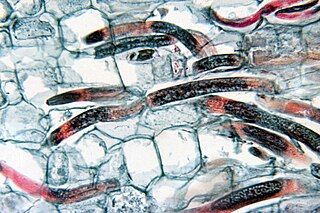
Radopholus similis is a species of nematode known commonly as the burrowing nematode. It is a parasite of plants, and it is a pest of many agricultural crops. It is an especially important pest of bananas, and it can be found on coconut, avocado, coffee, sugarcane, other grasses, and ornamentals. It is a migratory endoparasite of roots, causing lesions that form cankers. Infected plants experience malnutrition.

The social flycatcher is a passerine bird from the Americas, a member of the large tyrant flycatcher family (Tyrannidae).
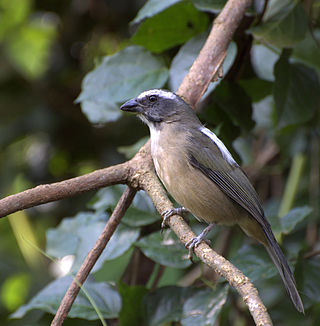
The green-winged saltator is a species of saltator in the family Thraupidae. It is found in Argentina, Bolivia, Brazil, Paraguay, and Uruguay, and ranges into the southern cerrado and the pantanal.

The Mountain Yellow Warbler (Iduna Similis) is a medium sized bird with a mix of olive and yellow coloration. This bird is mostly found throughout the forests of Africa. We see this bird normally feeding on flies but sometimes on remaining crops from harvests. An easy way to recognize this bird is with its whistle-tone vocalizations. The Mountain Yellow Warbler is found on the Least Concern list for their conservation status. This bird is a species of Acrocephalidae warbler; formerly, these were placed in the paraphyletic "Old World warblers".

Ctenosaura similis, commonly known as the black iguana or black spiny-tailed iguana, is an iguanid lizard native to Mexico and Central America. It has been reported in some Colombian islands in the Caribbean Sea and Pacific Ocean, and has been introduced to the United States in the state of Florida. The largest species in the genus Ctenosaura, it is commonly found in areas such as grasslands and forests.

Callinectes similis, sometimes called the lesser blue crab or dwarf crab, is a West Atlantic species of blue crab. It was described by Austin B. Williams in 1966.

Catocala similis, the similar underwing, is a moth of the family Erebidae. The species was first described by William Henry Edwards in 1864. It is found in North America from Ontario and Quebec south through Maine and Connecticut to Florida, west to Texas and Oklahoma, and north to Minnesota.

Apodasmia similis, also known as oioi or jointed wire rush, is a plant that is endemic to New Zealand. It is a coastal plant but is also found around peat bogs and hot springs. It flowers from October to December and bears fruit from December to March.
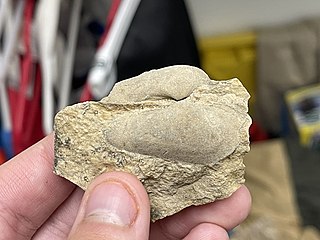
Similodonta is an extinct genus of early bivalve in the extinct family Praenuculidae. The genus is one of eleven genera in the subfamily Praenuculinae. Similodonta is known from Middle Ordovician through Middle Silurian fossils found in Europe and North America. The genus currently contains eight accepted species, Similodonta ceryx, Similodonta collina, Similodonta djupvikensis, Similodonta magna, Similodonta recurva, Similodonta spjeldnaesi, Similodonta wahli and the type species Similodonta similis.
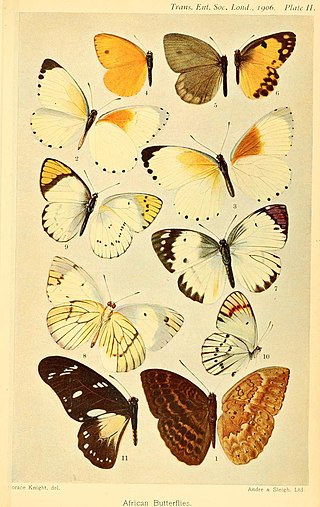
Mylothris similis is a butterfly in the family Pieridae. It is found in Tanzania, Malawi, Zambia, the Democratic Republic of the Congo, Uganda and Rwanda. The habitat consists of submontane and montane forests.
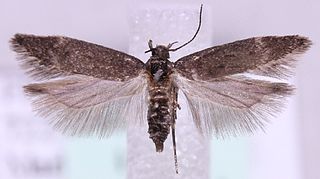
Bryotropha similis is a moth of the family Gelechiidae. It has a Holarctic distribution, including Greenland and Iceland. It is widespread in northern, central and eastern Europe. In southern Europe, it is only known from a few mountainous regions. It is also found throughout the Palaearctic.

Phrynetini is a tribe of longhorn beetles of the subfamily Lamiinae. It was described by Thomson in 1864.

Eurysops is a genus of longhorn beetles of the subfamily Lamiinae, containing the following species:

The Simili Tour was the eighth concert tour by Italian singer Laura Pausini. Launched in the spring of 2016, the tour promoted her twelfth studio album Simili (2015). Over the course of five months, the tour visited Europe and the Americas.

Simili and Similares are the twelfth studio albums by Italian singer Laura Pausini. The Italian-language edition was released on November 6, 2015 while the Spanish-language edition was released on November 13, 2015 by Warner Music. The first single was released on September 25, 2015 in two versions; in Italian "Lato Destro del Cuore", and the Spanish version "Lado Derecho del Corazón". The Spanish-language edition received a nomination for a Grammy Award for Best Latin Pop Album.
Eurysops burgeoni is a species of beetle in the family Cerambycidae. It was described by Stephan von Breuning in 1935. It feeds on Morus alba.

Eurysops esau is a species of beetle in the family Cerambycidae. It was described by Chevrolat in 1855. It is known from Nigeria, Cameroon, Ghana, the Central African Republic, the Democratic Republic of the Congo, Benin, Gabon, the Ivory Coast, Sierra Leone, Liberia, and Togo.
Gryphoca is an extinct genus of earless seals from Neogene marine deposits in the North Sea basin.















